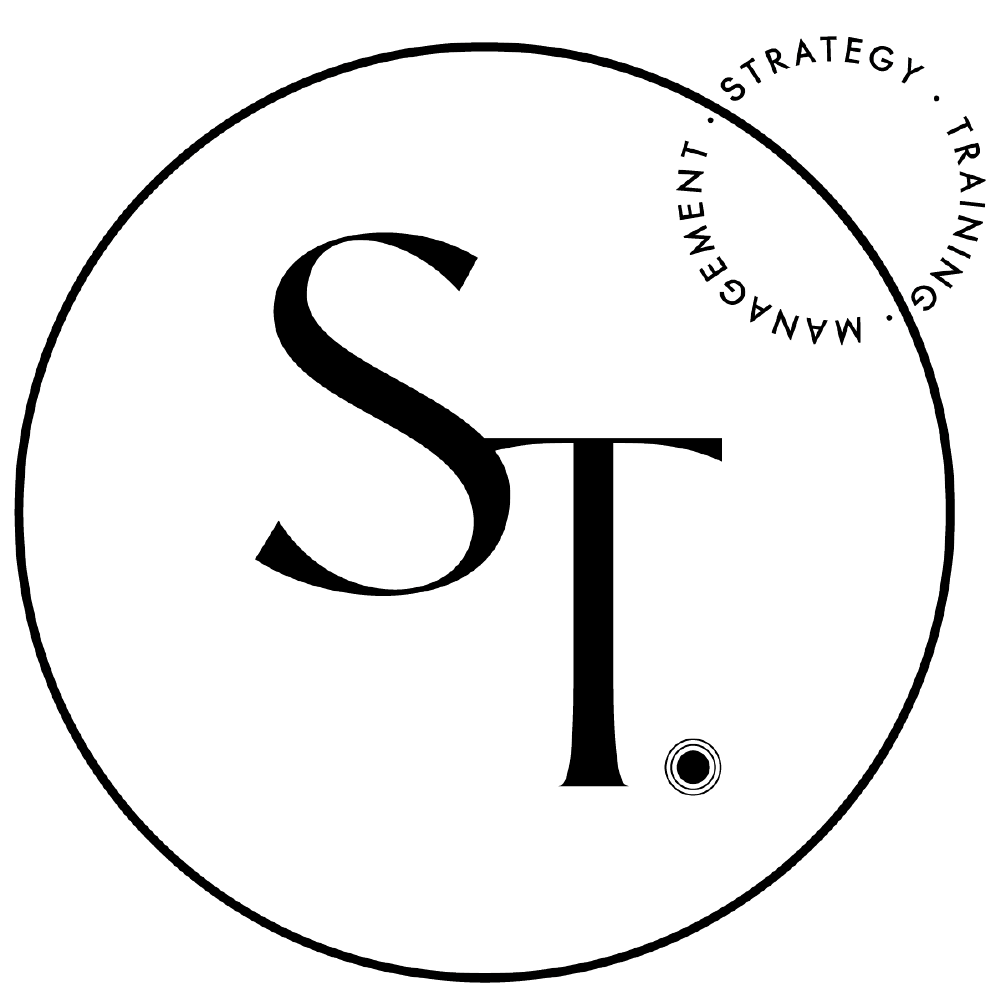Thought Leadership Tips for Executives
5 Ways C-Suite Executives Can Become Thought Leaders Using Social Media
C-Suite executives who have not established authority online are being left behind. Don’t let that be you!
Popular thought leaders like Tobi Lutke (CEO of Spotify) and Vicki Saunders of SHE-EO have effectively leveraged social media and seen tangible results. Not only are they leaders in their fields, their online efforts have helped enhance their businesses’ reputations, build powerful relationships and increase revenue.
According to a recent study by Edelman-LinkedIn, ‘consumption of thought leadership has grown from 50% to 58% over the past year (2019)’, and 87% of business decision makers say thought leadership increases trust in an organization. The study also found that 55% of decision makers use thought leadership as an important way to vet a business.
As an executive, it’s important to have a proven strategy in place before elevating your digital presence. These five steps pinpoint where to focus your C-Suite social media efforts and the tools to establish credibility through content.
1 - FOCUS ON TWO PLATFORMS
Many C-Suite executives think they already know what social media platforms to focus on, without understanding which ones will actually help accomplish their goals.
We recommend choosing two platforms. LinkedIn, Facebook and Twitter are the most popular platforms for C-Suite, as they are easy to use, require no visual planning, and allow for maximum authentic engagement.
Building an online presence takes time, and sticking to two will yield a higher rate of success.
2 - BUILD COMMUNITY
According to Forbes’ analysis of social media trends for 2020, brands are shifting their focus beyond follower count to ‘building online communities to grow their customer base’. There’s no point in having a large following across your platforms if you aren’t engaging with audiences.
Forbes also reveals that the ‘average consumer may see as many as 5,000 or more ads daily’. To beat the competition, connect with your audience in more targeted ways, such as through comments, likes, collaborations and conversations.
3 - BE YOURSELF
According to a study by the Harvard Business Review, executives often feel like imposters on social media, or worry about saying the “wrong” things.
Succeeding as a thought leader online requires you to be approachable, engaging and human. As we maneuver through a global pandemic and the normal means of communication are now virtual, authenticity (in tone and content) is welcomed more than ever.
Inspire your audience by doing the following:
Sharing behind-the-scenes content about your day-to-day; what your work routine is, things that inspire you, etc.
Sharing your work-from-home setup
Engaging with your community!
4 - EDUCATE, INSPIRE & ENTERTAIN
Even if you’re just sharing a simple link to an article with a caption, ask yourself: How will reading this article Educate, Inspire, or Entertain my followers?
Some of the most common social media problems C-Suite executives face are:
Not knowing what to say + when to say it
Running out of ideas
Not having time to post
Sharing content just for the sake of it, without offering value
When it comes to content, quality is better than quantity. It’s better to share three amazing posts a week than seven mediocre ones.
Here are some simple ideas for executive-level social media content:
Behind-the-scenes at the workplace
Highlight your team
Company values and news
Charitable or impact-driven content
Sharing similar content from your network with a short, engaging caption (blog posts, news articles etc.)
Company blog posts with a caption
Testimonials from clients
Personal updates
5 - AMPLIFY EXPERTISE
An active online presence will amplify your name and business as the go-to expert for your niche, and help build credibility. But what does credibility and “being an expert” look like in a boardroom versus online?
Keep up with industry trends: Industries are constantly evolving, and it’s on you to stay on top of these changes so your content stays relevant to your audience. They should look to you as their key source for any new information on your niche.
Offer your unique insights: As an expert, your opinions matter, and your audience wants to know what you’re thinking. They don’t want to hear you regurgitate what everyone else is saying.
Now you know our five key steps to building a powerful online presence!
ACHIEVE THOUGHT LEADER STATUS
Our “learn anytime” online Thought Leadership Course covers just that!
View our C-Suite Social Media Services HERE
Leaders We’ve Worked With




